Liposuction Sydney
Your complete guide and quick links to everything you want to know about Liposuction in Sydney!
What Is Liposuction?
Liposuction is a surgical procedure that reshapes body areas by removing fatty deposits through a thin metal tube known as a cannula. This tube is attached via tubing to a suction machine.
Liposuction for many is sometimes the only way to get the body shape they’ve always wanted. This is because it can permanently remove the fat cells in the deposits that have proved so stubbornly resistant to diet and exercise.
Losing a lot of weight through strict dieting may reduce slightly the prominence of these resistant fat deposits. However, at the same time you’ll probably lose too much from other body areas such as your face and breasts – the result being that the disproportionate deposits will still be apparent!
The Sydney Cosmetic & Plastic Surgery Clinic has been permanently re-shaping bodies by liposuction for over 30 years. Over that time, we have enabled men and women to once again wear the clothes they’ve always wanted to!
Which Areas Can Be Reshaped By Liposuction?
Face
- Under Chin
- Cheeks
- Jowls
Body
- Male Breasts (Gynecomastia)
- Abdomen
- Hips & Flanks
- Buttocks
- Back
Limbs
- Upper Arms
- Outer Thighs
- Inner Thighs
- Front of Thighs
- Knees
- Calves & Ankles
Who Is A Good Candidate?
- Liposuction is essentially a body-reshaping procedure, not a weight loss treatment. You may lose some body weight after liposuction but that should not be your goal.
- The best candidates for liposuction are those who are at or close to their ideal body weight but have genetically pre-determined disproportionate fat deposits in certain areas.
- Patients should have good general health, be non-smokers, and not have diabetes.
- Very importantly, patients should have good skin tone and elasticity. Good skin tone and elasticity will allow the skin to shrink down to the new shape after removal of the underlying fat. It is generally accepted that skin starts to lose its elasticity after the age of 40. So, if liposuction were to be performed on a 25-year-old, their skin elasticity should allow the skin to effectively shrink down to their new shape. Conversely, if liposuction were to be performed on a 60-year-old, one could reasonably expect that the skin over the liposuctioned area could end up looser.
- Patients considering abdominal liposuction in particular must have their excess fat on the outside of their abdominal wall. Liposuction cannot access fat that is located behind the abdominal wall. An abdomen that is protuberant purely from an excess of fat inside the abdomen, would not be suitable for liposuction.
Types of Liposuction
The two commonest types of liposuction performed in Australia are Tumescent Liposuction and Vaser Liposuction. Unlike some clinics that perform only one form of liposuction, we offer both techniques and will recommend whichever method we believe will deliver the best possible result for YOU!
- In Tumescent Liposuction, a Tumescent Solution is first introduced into the fat to be removed. This Tumescent Solution contains Adrenalin to constrict the area’s blood vessels and minimise blood loss when the fat is being removed. After a wait of about 10 minutes, your doctor then inserts a hollow metal tube called a ‘cannula’ through a number of tiny incisions, and repeatedly moves it back and forth to remove the fat and re-shape the area.
- With Vaser Liposuction, the initial process is basically the same, the only real difference being that the fat is first ‘melted’ with an ultrasonic energy-emitting cannula before being aspirated.
Which Is Better: Tumescent Liposuction or Vaser Liposuction?
This is a question anyone considering Liposuction would naturally ask.
As a clinic that has been performing Liposuction for over 30 years, we believe that far more important than the liposuction technique, is the experience, and skill of the doctor – knowing how much fat to remove but equally important, knowing how much fat to leave behind!
Many Liposuction Surgeons share that same view. The following are just two opinions from eminent Plastic Surgeons in the USA:
Dr J. Gerald Minniti, MD, Plastic Surgeon in Beverly Hills, Los Angeles wrote in 2019:
“Vaser Liposuction has had a resurgence since the advent of ‘Hi-Def’ liposuction in the last few years. I can tell you with certainty that ‘regular’ liposuction can achieve any result that Vaser can. What’s important is the training, skill, and experience of the surgeon. The machines are unimportant.”
Dr Wendell Perry, MD, Plastic Surgeon in Hollywood, Florida, also wrote in 2019:
“Vaser Liposuction is an Ultrasound-Assisted Liposuction. The ultrasonic energy helps destroy the fat cells. Some people believe the Vaser makes the skin contract more than regular liposuction but I think you get better skin contraction with regular Liposuction than Vaser. Also, it is probably not a good idea to use Vaser if you’re going to use some of the fat for Fat Transfer because you may kill some of the fat cells and have less available for the Fat Transfer”.
Then again, advocates of Vaser Liposuction claim smoother results and better skin tightening.
And so, the debate continues!
Suffice it to say, that like the above Plastic Surgeons, we maintain that far more important than the technique, is the skill of the doctor performing the Liposuction.
At your Initial Consultation, our doctor will carefully assess your areas and recommend whichever technique they believe will deliver the best result.
How Is Liposuction Performed?
- In the best interests of patient comfort and safety, all our liposuction procedures are performed in a Licensed Hospital under General Anaesthesia administered by our Specialist Anaesthetist.
- Naturally, having it done under a General Anaesthetic, you will feel no discomfort at all.
- Even when Liposuction is done in a Hospital under General Anaesthesia, it is still a ‘walk in, walk out’ procedure with no overnight stay required.
- When your doctor feels that the required amount of fat has been removed, the tiny entry incisions are sutured, and your Compression Garment is fitted. This garment needs to be worn for 6 weeks.
- You will then be moved to Recovery. After 1-2 hours in Recovery, you will be allowed to return home. However, you must not drive or go home alone. You must be accompanied by a responsible adult and have someone with you at home during the first 24 hours.
- Sutures are removed after 7 days.
Liposuction ‘Before & After’
ABDOMEN
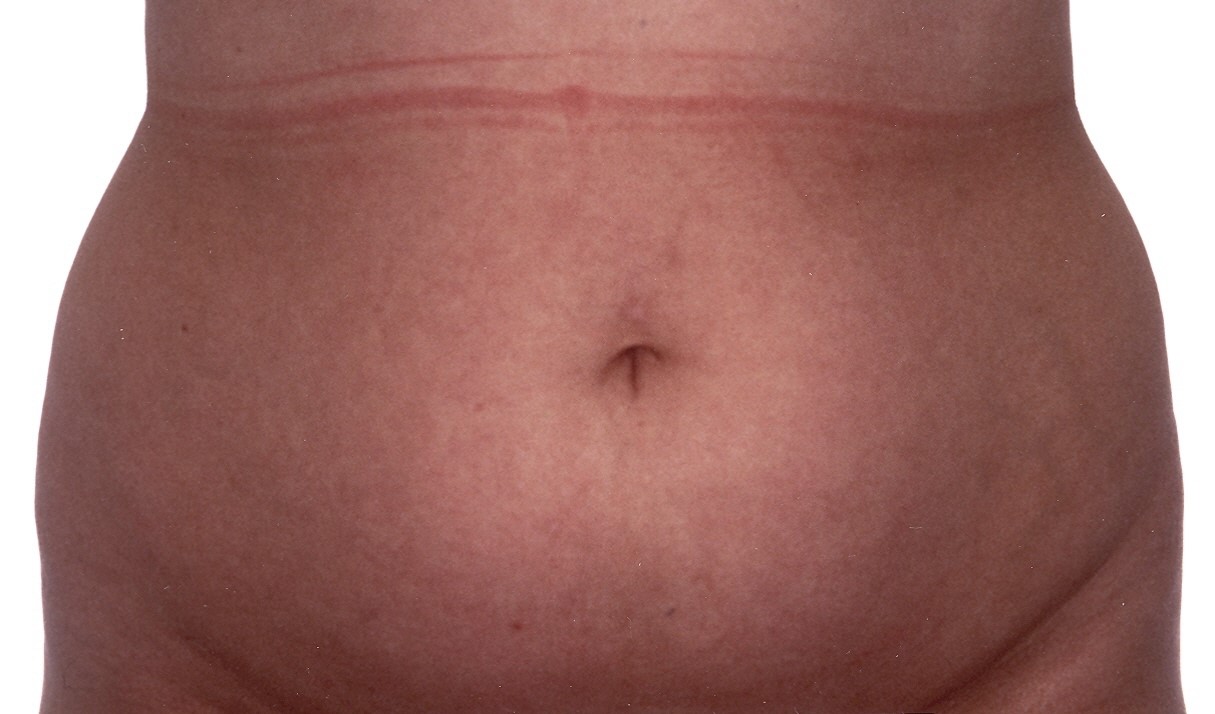
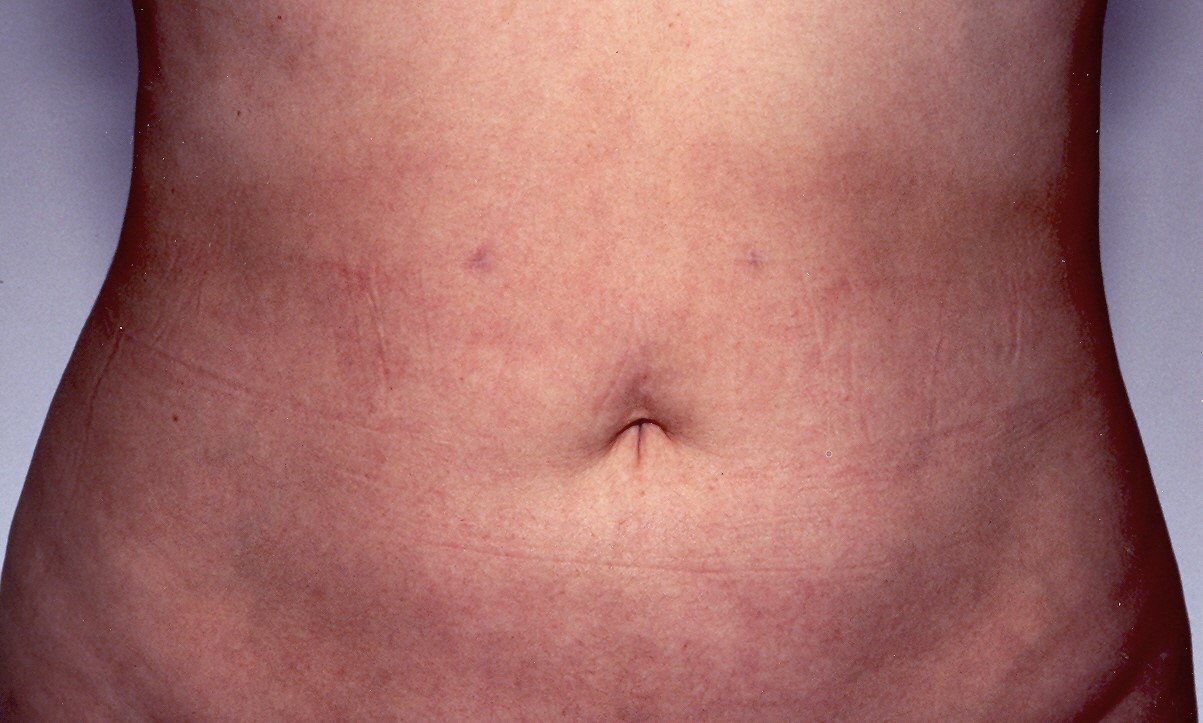
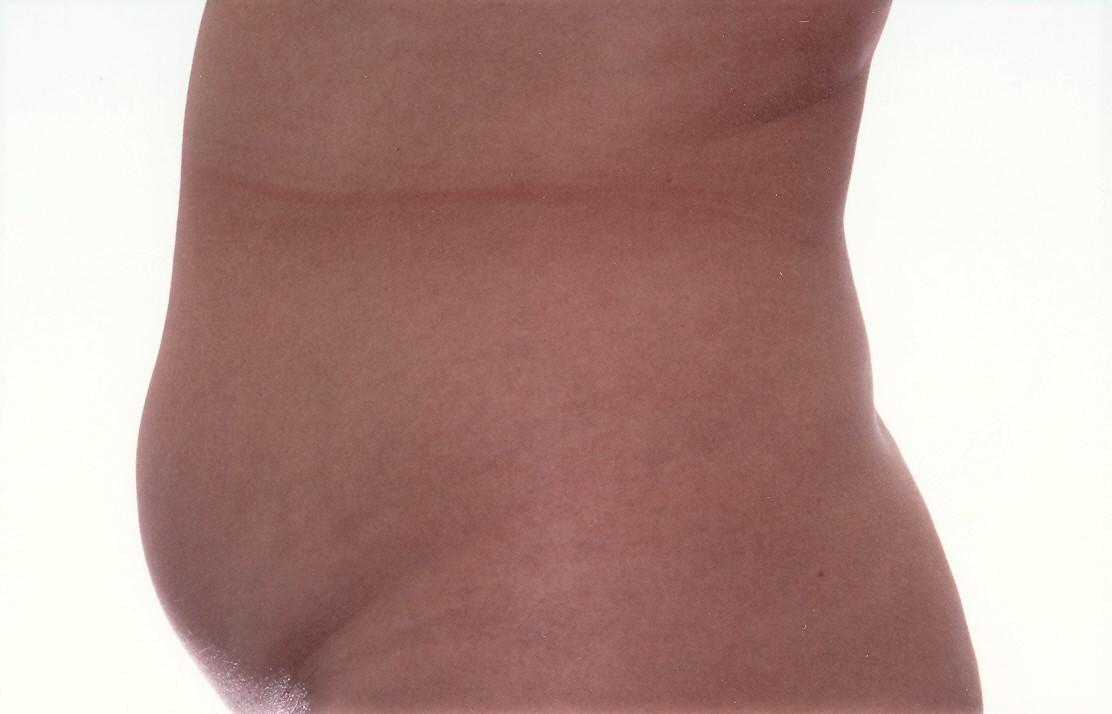
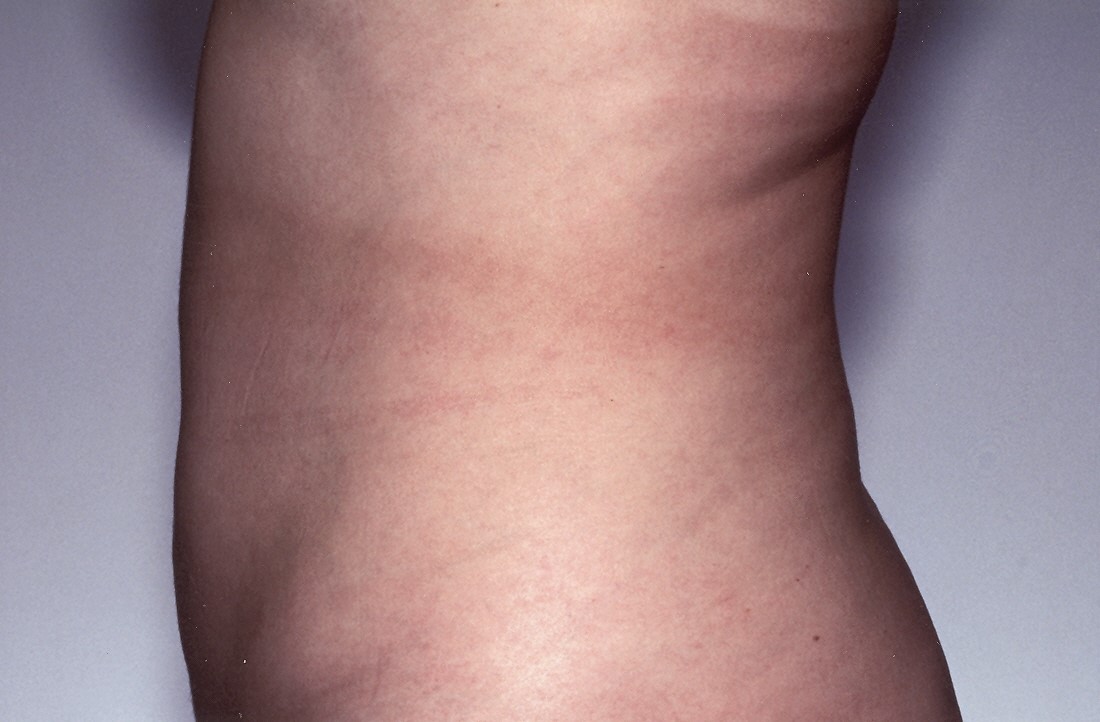
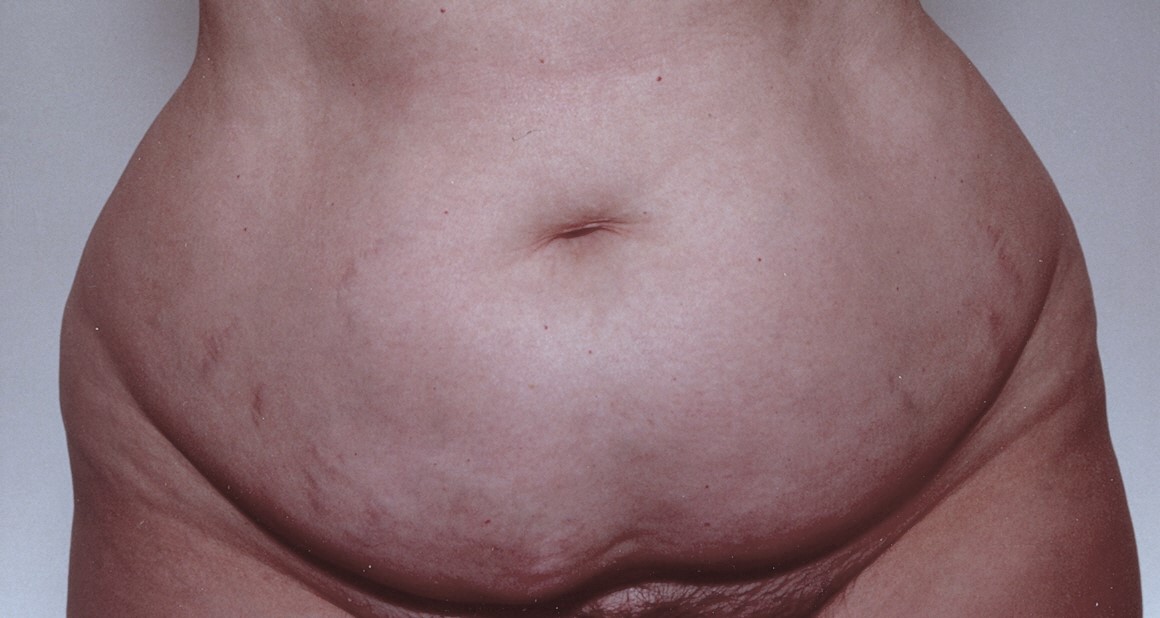
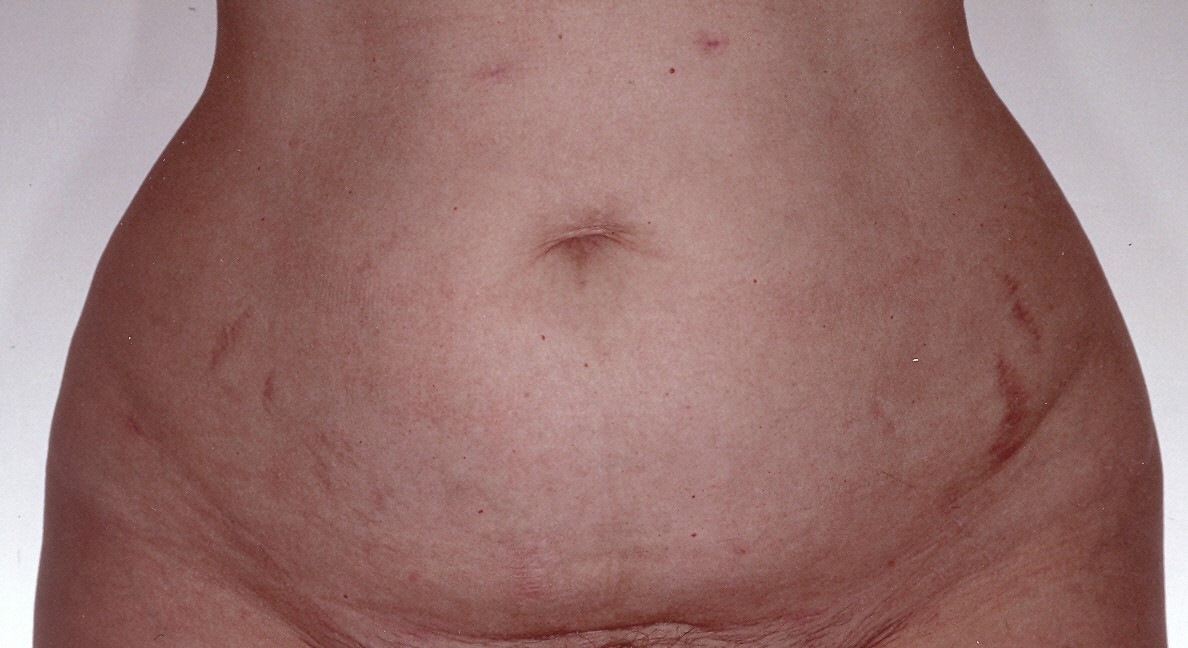
HIPS
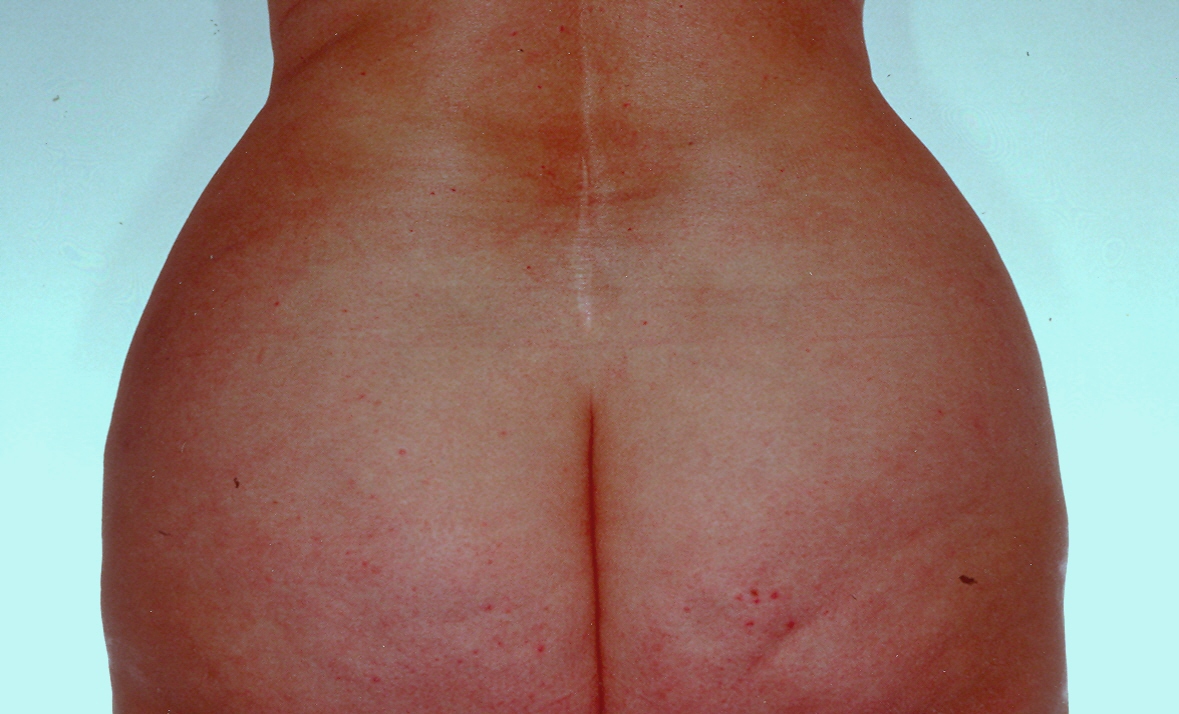
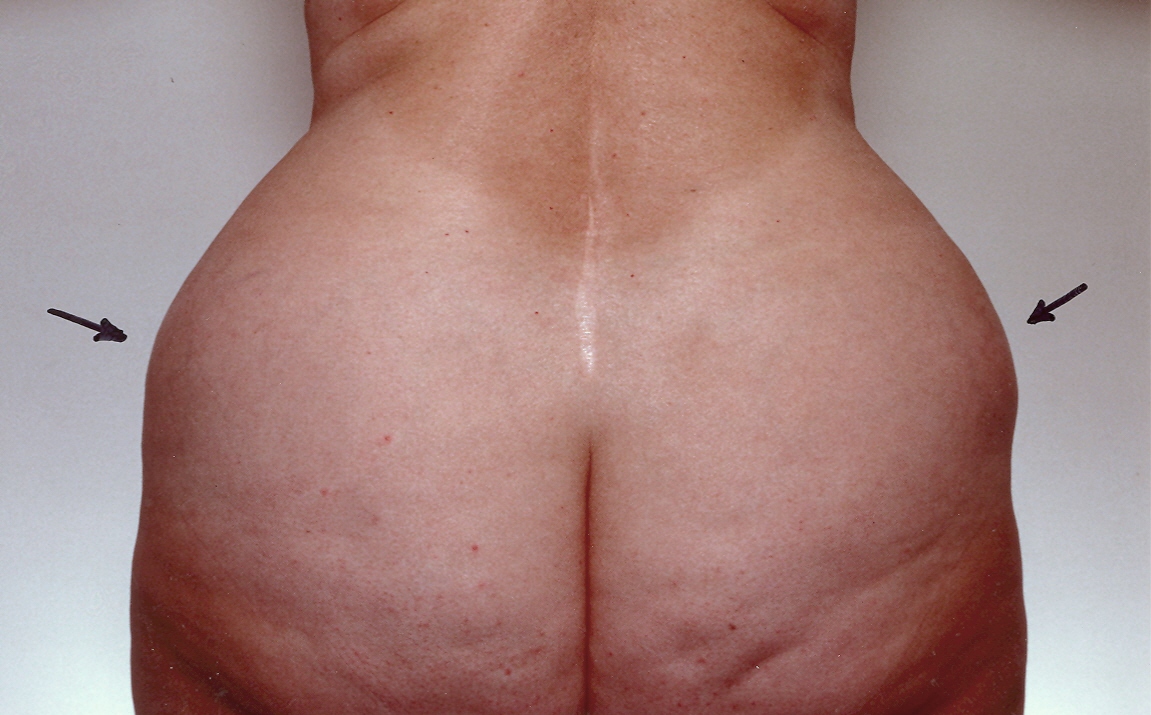
HIPS & OUTER THIGHS
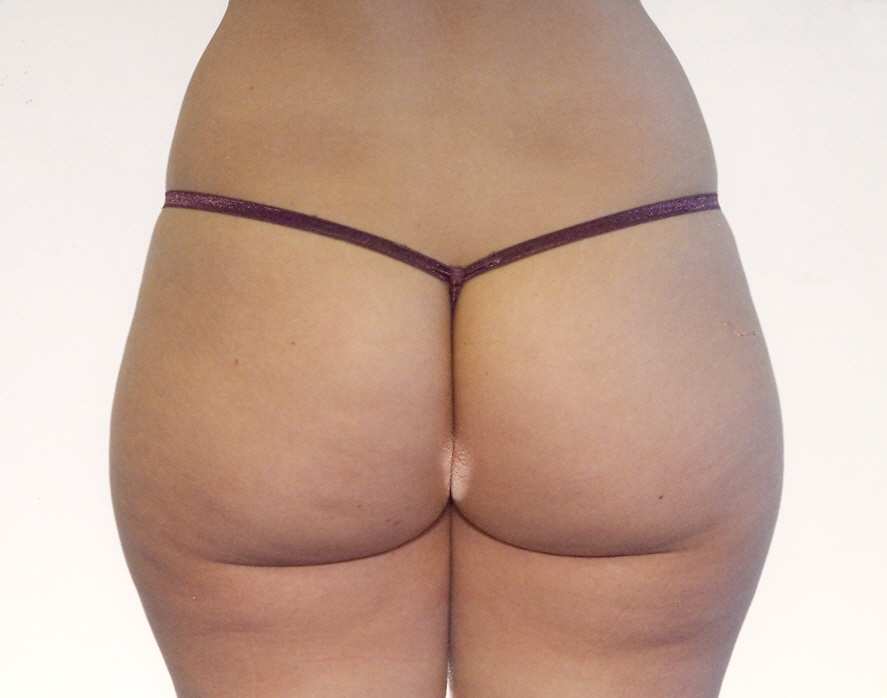
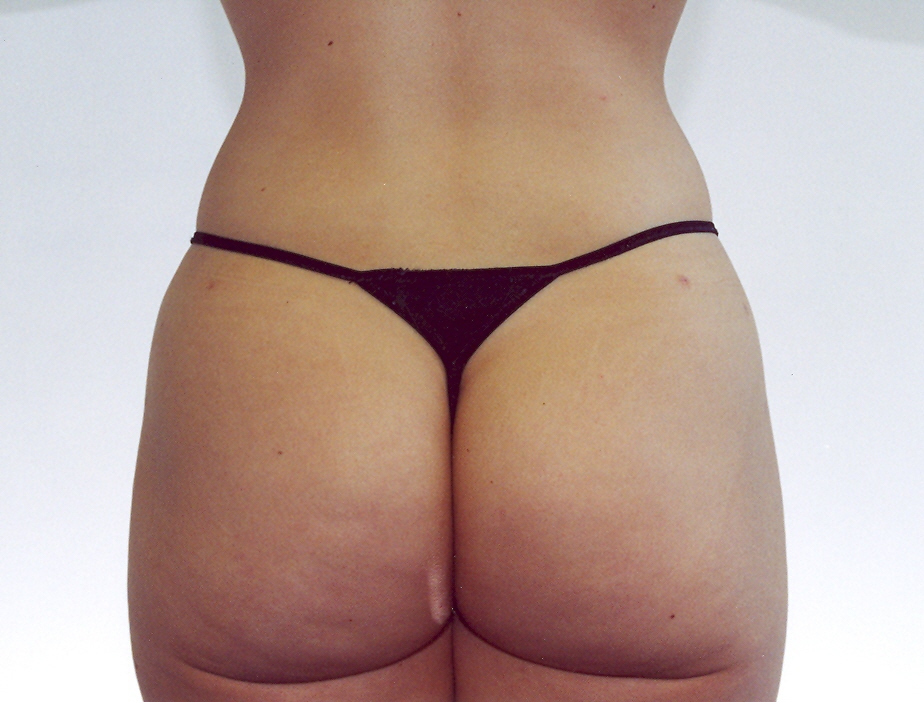
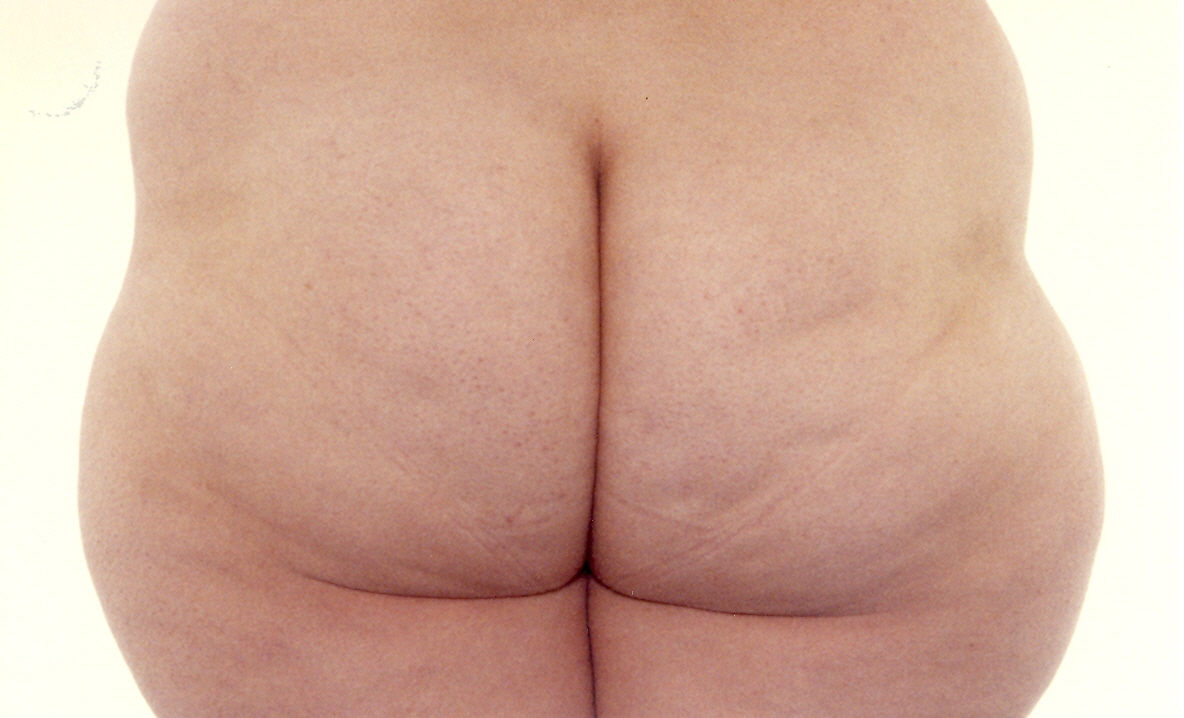
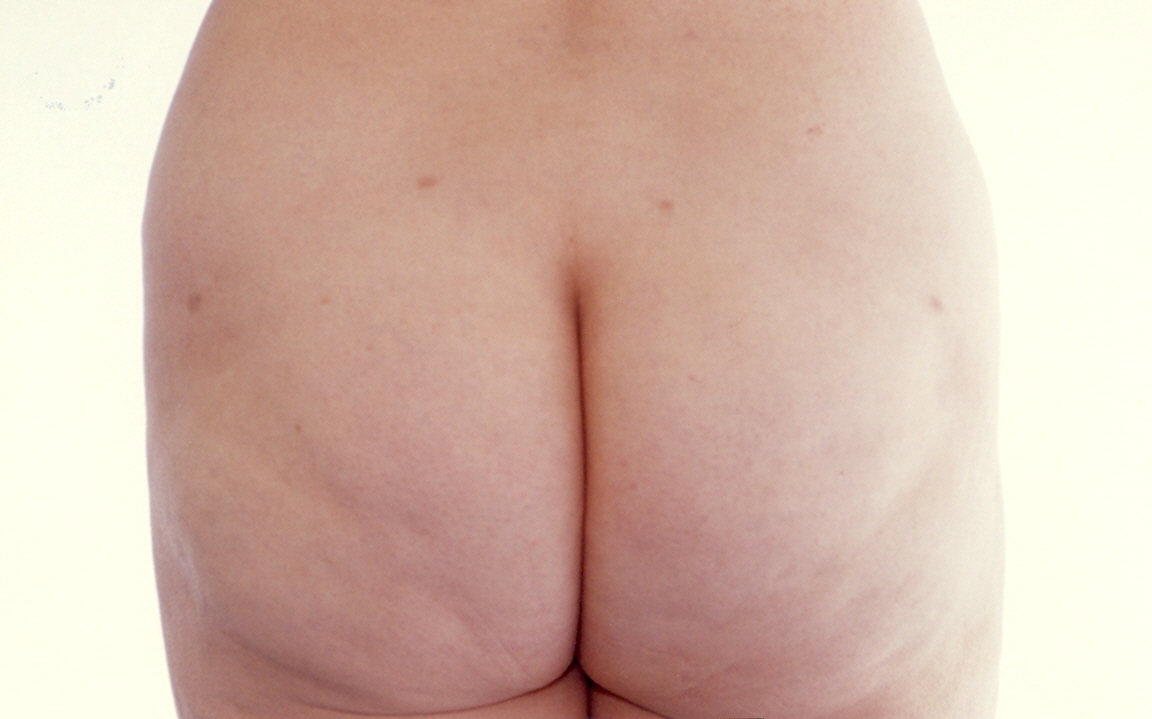


OUTER THIGHS & INNER THIGHS






UNDER CHIN






UPPER ARMS




GYNECOMASTIA (‘Man Boobs’)




Watch Our Liposuction Animation Video
Recovery After Liposuction
- Discomfort after Liposuction is usually mild only. Most patients are up and about the very next day. Any soreness in the first few days can be relieved by the medications your doctor will have prescribed for you. Rarely are strong pain-relievers ever required.
- Immediately after your procedure, you will notice an improved shape. This is purely due to the removal of the fat. However, the fat left behind is still swollen from the surgery. This remaining fat will continue to settle over the next 3-4 weeks at which time you will notice a further reduction in size.
- As your skin and remaining fat progressively contract down over the next 4-6 months. Accordingly, do not expect to see your final shape until 4-6 months after your procedure.
Scars After Liposuction
Each body area subject to Liposuction will have several tiny access incisions up to 5mm long to permit the introduction of the metal cannula from different angles.
These incisions are sutured and over time they will fade to white and become very inconspicuous. However, if you have brown or Asian skin, the the tiny scars could end up pigmented.
Potential Risks & Complications of Liposuction
Liposuction and anaesthesia nowadays are considered generally safe but both have potential risks and complications which include:
Specific to Liposuction Surgery:
- Lignocaine toxicity if large volumes of Tumescent Solution that normally contains a local anaesthetic, Lignocaine, are injected.
- ‘Volume Overload’ caused by injecting excessive volumes of Tumescent Solution.
- Shock from excessive fluid loss due to large volume fat extractions.
- Contour irregularities in the overlying skin.
- Asymmetry of paired body areas.
- Wide or thickened scars (hypertrophic or keloid) could occur if you are prone to them and pigmented scars are more likely in those with brown or Asian skin.
- Numbness or changes in skin sensation.
- Slow or poor healing. More likely in smokers and diabetics.
- Wound infection requiring topical wound care and antibiotics.
- Seroma (excess fluid accumulation under the skin) requiring one or more aspirations.
- Infection of the fatty tissues.
- Inadvertent injury to deeper structures such as nerves, blood vessels, muscles, lungs and abdominal organs.
- Thermal burns to the skin or deeper tissues from Vaser Liposuction’s ultrasound-emitting cannula tip that is used to liquefy the fat cells prior to their removal.
- Skin pigmentation changes, skin discolouration or swelling.
- Ongoing pain, presumably from ultrasonic injury to nerves in Vaser Liposuction.
General Risks:
- Allergic reaction to medications, sutures, dressings, or antiseptic solutions.
- Deep Venous Thrombosis (DVT) and its potential to cause life-threatening Pulmonary Embolism. To reduce the risk of DVT, Calf Massagers can be applied for the entire duration of your surgery to prevent the blood in your leg veins from pooling and clotting.
- Adverse Reactions to Anaesthesia or Medication: The safety of anaesthesia nowadays in Australia is well established. Nevertheless, potential risks exist with all anaesthesia and unexpected reactions can occur. These may include nausea, vomiting, and allergic reactions ranging from minor to severe. Respiratory failure, heart failure, heart attack and stroke are rare but documented risks of any general anaesthesia.
Will The Fatty Deposits Return After Liposuction?
Rarely do we form more fat cells after birth. Essentially, all the fat cells we will ever have as adults are already present at birth, their numbers and distribution having been pre-determined genetically. This is why family members often have similar shapes!
Where more fat cells have been laid down in any given body area before birth, the larger will that fat deposit become in later life when its fat cells accumulate fat. In childhood and adolescence, the area’s fat cells are still relatively ‘empty’ of fat and accordingly, the disproportionate fat deposits are not yet apparent. As we get older, the area’s ‘empty’ fat cells start to progressively store more fat and the disproportionate deposits become more apparent.
As liposuction removes the excess fat cells that make up a fatty deposit, and the fat cells left behind do not have the ability to multiply and replace those that were removed, the correction should be permanent.
In other words, if you do not gain weight after Liposuction, you should keep your new shape!
If, on the other hand, you allow yourself to gain weight after Liposuction, the remaining fat cells in the liposuctioned area can store more fat and expand in size. However, this new increase in size of the fatty deposit is now limited by the reduced numbers of fat cells in that area, but if desired, repeat liposuction can always be repeated to further reduce the area in question.
‘Pros & Cons’ of Liposuction
The Pros:
- Liposuction can permanently remove stubborn fat deposits that will not respond to diet and exercise.
- Removal of fatty deposits will allow you to more easily fit into your clothes.
- When performed by doctors skilled liposuction under the strictly sterile conditions of a hospital operating theatre, liposuction can be considered a reasonably safe surgical procedure.
The Cons:
- Liposuction is a body reshaping procedure and not a way of losing weight.
- Liposuction will not improve ‘cellulite’ irregularities in the skin.
Liposuction Cost Sydney

-
Liposuction Sydney
Unfortunately, we cannot give you even an approximate total cost for your surgery until you’ve had a consultation because the amount of liposuction will determine the Surgical Fee, and the duration of the liposuction will determine the Theatre Fee and the Anaesthetist Fee as both the latter are based on time in Theatre.
In practice, the total cost of your liposuction in Sydney will be made up of the following individual charges:
- Surgical Fee: Our doctor will quote you an exact surgical fee once they have determined the amount of liposuction required.
- Hospital Fee: Hospitals differ in their hourly rates for Operating Theatres. Our doctor will advise you of your expected hospital cost once they have estimated how long your procedure will take.
- Anaesthetist Fee: This too will basically depend on the duration of your surgery. Anaesthetic Fees are generally around $880/hour.
- Post-Operative Compression Garment
 New Patients Save 50% on their C
New Patients Save 50% on their C

